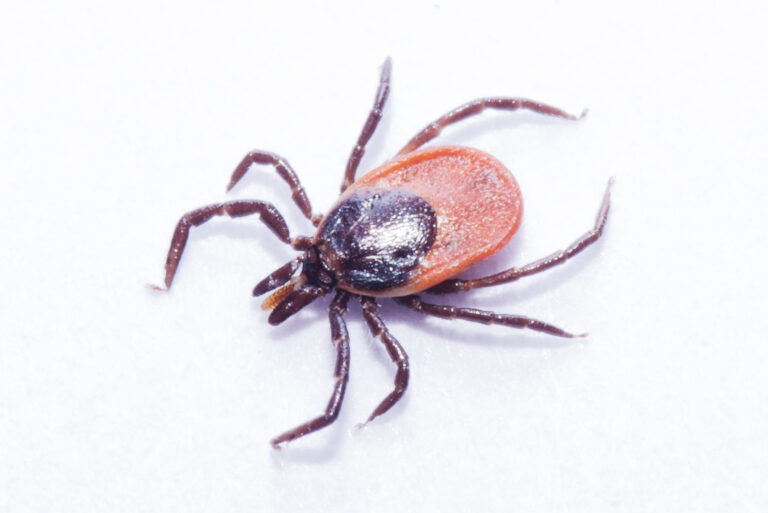Ixodes ricinus

Mammals
The common wood tick, Ixodes ricinus, is the most prevalent tick species in Europe. It is known to transmit many medically significant pathogens. Ixodes ricinus climbs up dense vegetation and waits for a suitable host to pass by, which it can then infest for its next blood meal. For the identification of potential hosts, the common wood tick has light-sensitive cells on its back and other sensory organs, including the Haller’s organ located on the front legs, which contains chemoreceptors (Medlock et al. 2013).
Human pathogenicity: Ixodes ricinus can parasitize humans. Infestation can be dangerous if the tick transmits pathogens through its blood-feeding activity. Common pathogens include Borrelia burgdorferi, Anaplasma phagocytophilum, as well as species of Rickettsia and Babesia. The most commonly transmitted infection by ticks is Lyme disease (Medlock et al. 2013).
-
Medlock, JM et al. (2013)Driving forces for changes in geographical distribution of Ixodes ricinus ticks in Europe. In: Parasites & Vectors, vol. 6, p. 1.